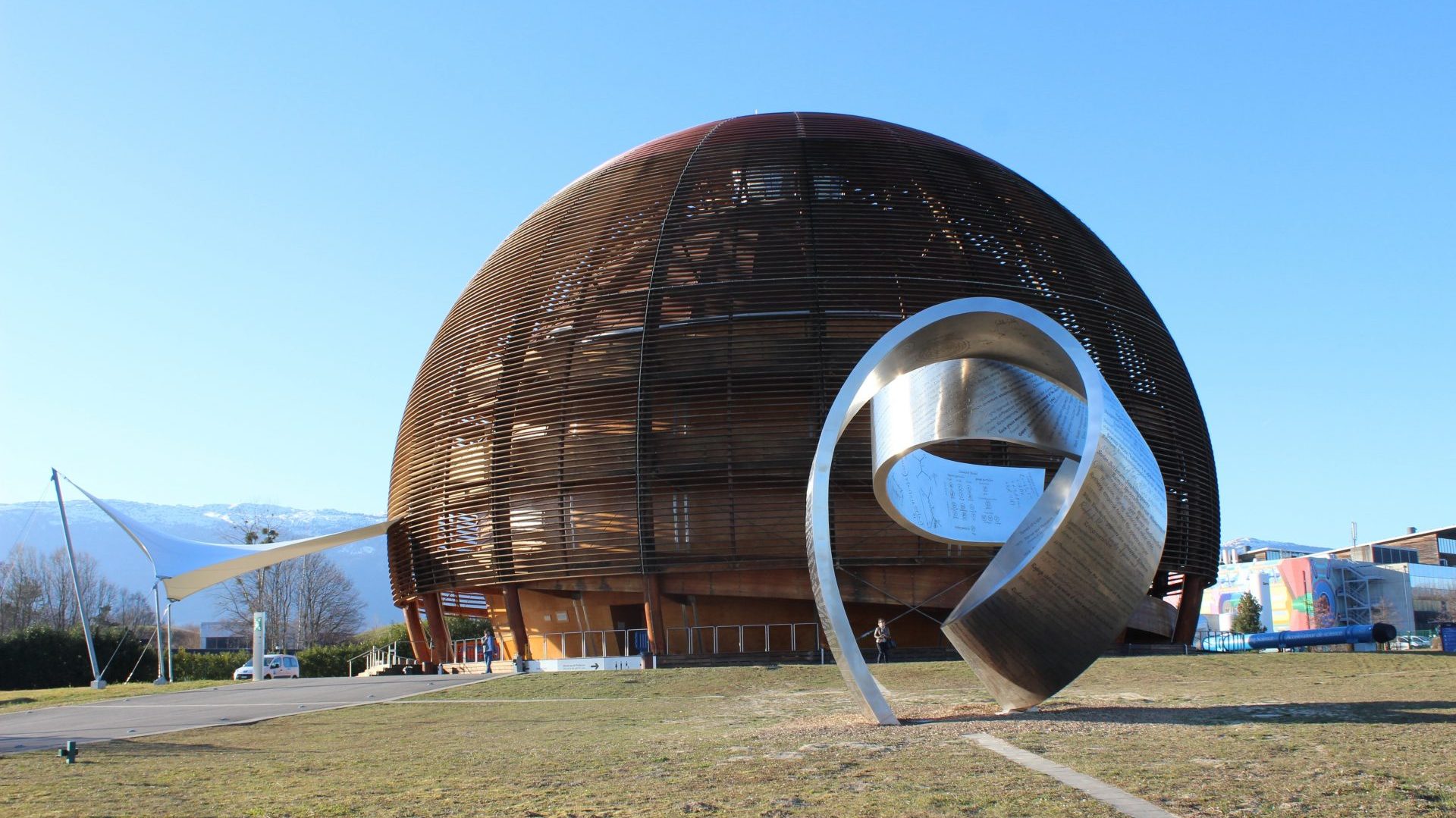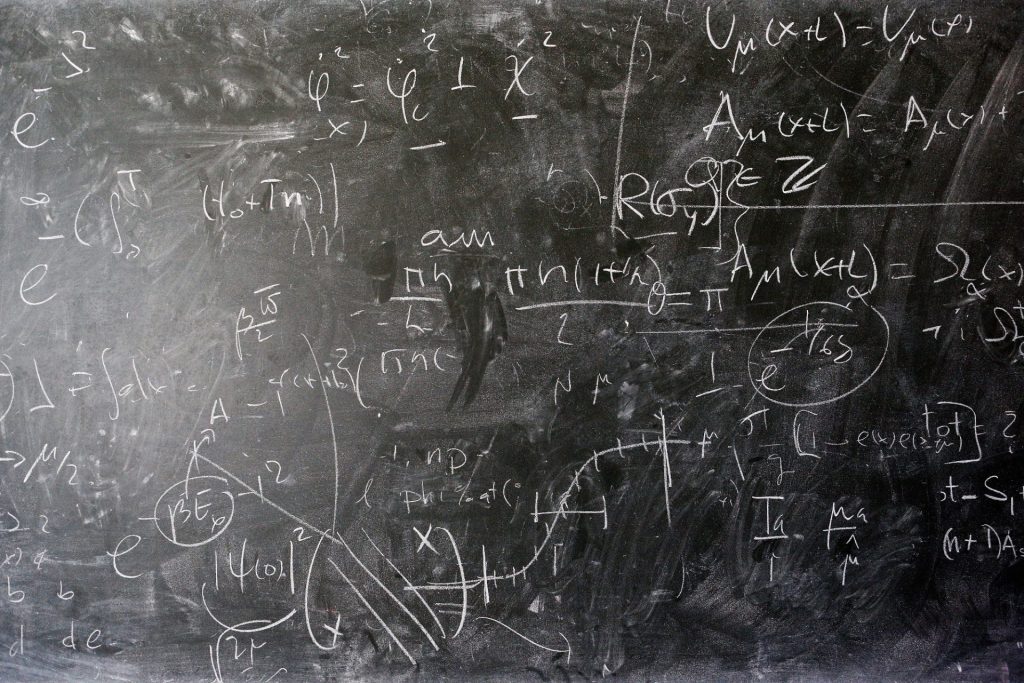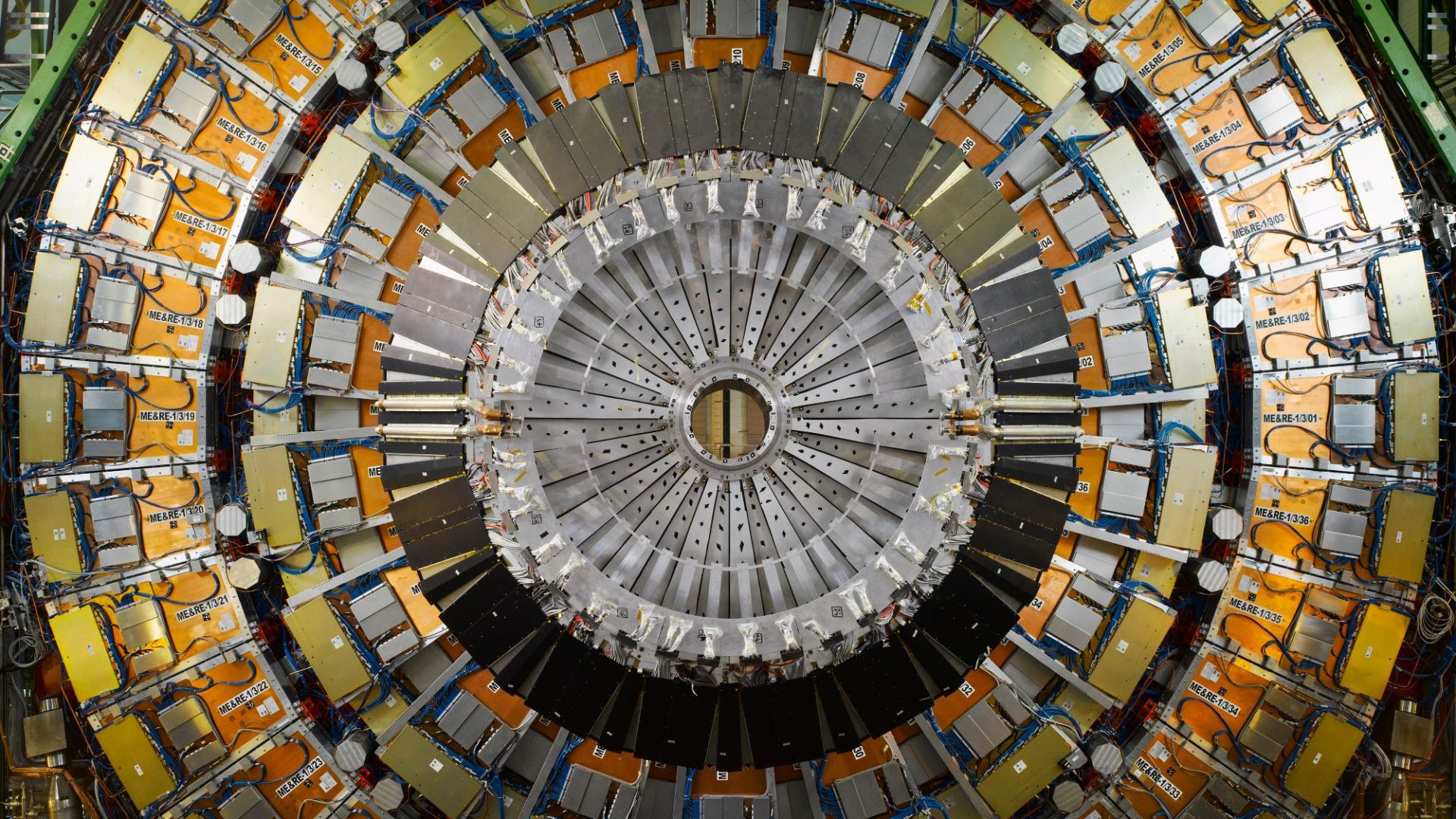You’ll have heard of the Large Hadron Collider – the mighty particle smasher at the Conseil Européen pour la Recherche Nucléaire, better known as Cern, Europe’s centre for particle physics. The collider, a 27km-long underground loop beneath the French-Swiss border, illuminates the workings of the universe at the smallest scale, and for particle physicists it is our passport to the unknown fundamentals of everything around us.
The LHC caused a worldwide stir when it started in 2010 and another when the elusive Higgs boson – a fundamental particle – was discovered there in 2012. But things have been quieter at the LHC since then – at least, that’s what you’d believe by looking at the press. Is this a sign that science at the LHC is slowing down, or is it something to be expected in a long-term, multi-decade endeavour? What has happened to Europe’s great journey into inner space?
Particle physics is a science of bewildering scales. It concerns the smallest constituents of matter and the fundamental forces that hold it all together. It requires the world’s largest experimental facilities to tease out the finest levels of detail in the universe (over a million million million times smaller than us). And these details themselves shape the large-scale nature of the universe.
At the minute scale of particle physics, the universe is simple. Matter consists of a handful of different types of fundamental particles, bound together by a few fundamental forces and bathed in an energy field. That field – the Higgs field – gives fundamental particles their mass and sets the strengths of a couple of the fundamental forces.

All this activity is described in a succinct equation that decorates many of the T-shirts and mugs on sale in the Cern gift shop. The equation is the cornerstone of the so-called Standard Model, the theory of particle physics.
The Standard Model is a very successful theory. Its predictions have been verified by many experiments. When the LHC was designed, one core open question remained. This was whether the Higgs boson, a particle associated with the Higgs field and predicted by the Standard Model, existed or not.
Yet the Standard Model has its shortcomings. Particle physicists think it cannot be an ultimate description of nature, and the LHC has been designed to investigate the implications of that, too.
There is much that the Standard Model doesn’t tell us about the universe – for example, it does not describe the force of gravity. It does not explain the composition and behaviour of dark matter, the invisible glue-like stuff that holds galaxies together as they rotate. It does not explain why anti-matter is subtly different to matter in a way that has meant that we live in a matter-dominated universe, rather than one made up of anti-matter. It does not explain why there are so many types of fundamental particles and fundamental forces, or even whether those we’ve seen so far are actually fundamental.
When it comes down to it, the Standard Model does not explain very much of the universe at all. And because of this, particle physicists think it will fail at some point.
At that point we will be in the realm of new physics and a new, corresponding theory will be needed in order to explain it. Exactly what that new physics theory will be is not clear, but it will have to be deeper and more fundamental than the Standard Model. Competition is intense among theoretical physicists to devise it. And competition is high among experimental physicists to use the LHC to search for evidence of that new physics.
That is what is occupying much time at Cern, no doubt disappointing those outside the scientific world who noted the Higgs boson breakthrough and expected the facility to produce headline-grabbing hit after hit.
The LHC is unique, more powerful and more intense than any other accelerator we have built. When it operates, it smashes two highly energetic particle beams together 40m times a second inside each of its four main experimental centres. In each collision new, rarer fundamental particles are fleetingly produced. These stream outwards through slabs of particle detectors, decaying into more stable, observable particles as they go. The particle detectors form a huge three-dimensional digital camera and take a snapshot of the detritus (ripples of charge, flashes of light) left by particles travelling through them. A huge number of these snapshots are recorded and analysed.
Researchers compare data to theoretical predictions and check whether the predictions hold, or fail. If they disagree (and the measurement is correct, which also needs to be checked), then the prediction and the theory are wrong. If they match, then the theory is confirmed, at least where it can be checked. This is the method underlying scientific progress.
It goes on relentlessly each day at the LHC as more data is analysed, and each day outside Cern, as theorists around the world hone and develop predictions from the Standard Model and competing theories beyond it. What makes the research at the LHC unique and precious is the forensic level of detail the machine offers us to study and understand sectors of the universe unexplored until now.

From the outside, it’s clear that science progresses if there is a discovery – a particle is predicted, something is seen in data that matches the prediction to a level of precision well beyond any random fluctuations – voilà! Another brick in the Standard Model wall, another step forward.
This happened in 2012 with the discovery of the Higgs boson. This was a truly newsworthy event – after all, it’s not every day you discover a fundamental piece of the universe.
It’s important to note that science progresses in other ways, too. It progresses by studying something that’s already known, but in greater and greater detail. This is the necessary step to place a discovery in context, to really understand it and move forward. It is also the necessary step to see when a theory starts to fail and we need to change direction. Science also progresses if you don’t find anything.
One of our outstanding questions about the universe concerns dark matter, and what it actually is. A number of astronomical observations support the idea of dark matter influencing the movement of stars and galaxies, but dark matter itself has never been seen directly.
There are plenty of ideas, embedded in theories, of what dark matter could be made of in terms of its constituent particles. Dedicated experiments have been built to test some of these ideas; others can be tested by experiments at the LHC. You haven’t heard much about this because we haven’t found anything that looks like dark matter yet (you can bet you would have done if we had).
A lack of dark matter sighting might sound like the search has been pointless, but it’s very much the opposite. The LHC might not have told us what dark matter is yet, but it has told us a lot about what it’s not. Like the dog that doesn’t bark in the night, the absence of something still reveals important details. It lets us rule out potential explanations and narrow down the avenues where the answer might (or might not) hide.

This approach doesn’t just apply to dark matter, it works for any theory we want to test. As we can’t force the universe to supply an answer where it would be convenient for us to find it, this approach is also quite pragmatic.
In a sense, working on the LHC is like being dropped on to a new planet somewhere to understand and catalogue life there. You start looking with binoculars and sweep the landscape. Any life catches your eye and you quickly build up a list of the types of animals and plants that exist. But your job is also to understand how those lifeforms evolved, what sort of ancestors they had and how those ancestors evolved, when the earliest lifeforms evolved and how everything is related. Pretty soon you have to start surveying under the surface and understand the fossil record. It’s a long and laborious job that takes most of your time, but is the only way to piece together and ultimately understand the backstory behind life there.
And this is where the LHC is today – less than halfway through its operational lifespan, past the easy wins when you first survey somewhere unexplored and on to the gritty systematic sifting of new levels of detail to understand the whys behind the discoveries (or lack of them).
There have been discoveries at the LHC beyond the Higgs boson – new forms of matter that contain more fundamental particles than usual, and of new types of particle behaviour. There have been studies of fundamental particles and anti-matter and hints of anomalous behaviour that require more data to investigate fully. And there have been many, many searches for phenomena that we haven’t found – yet.
That’s not to say that those phenomena don’t exist; they may be rarer and require the full LHC dataset to see, or they may not exist where the LHC can see them. We won’t know until we finish looking. And in parallel to this there are new advances in theoretical physics, new ideas and more precise predictions to test.
The LHC is a factory line of scientific advancement, moving steadily to greater scientific understanding. You might not hear much about it, but whatever the ultimate nature of the universe is, the LHC takes us closer and closer to understanding it.
Tara Shears is a professor of particle physics at the University of Liverpool



